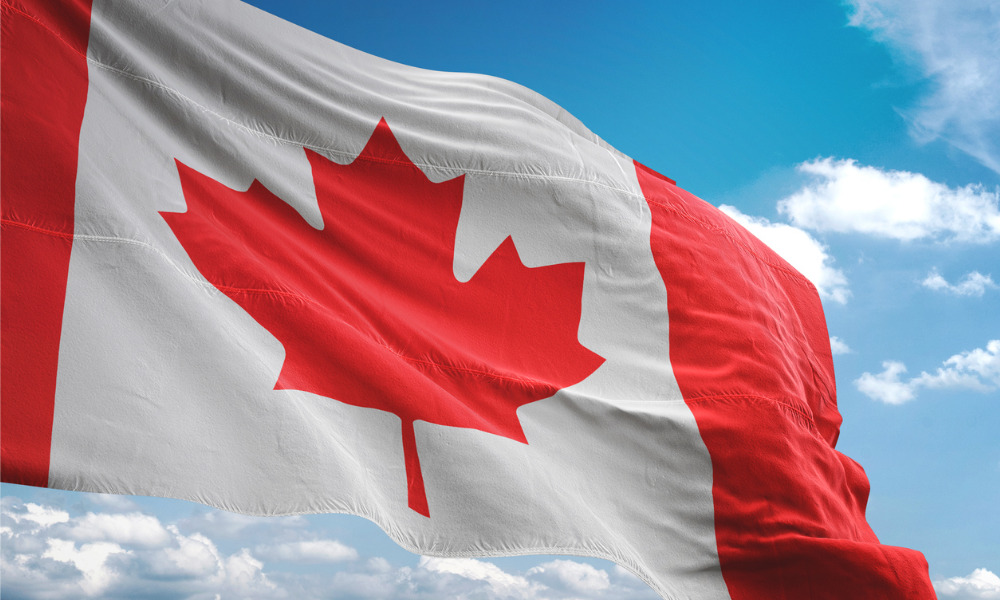The country's net foreign asset position improved at the end of last year despite high government borrowing

Increases in market prices and a thirst for direct investment helped boost Canada’s foreign assets at the end of 2021.
Figures published Thursday by Statistics Canada show that the country’s net foreign asset position – the difference between Canada's international financial assets and international liabilities – increased to more than $1.7 trillion in Q4, 2021.
The net quarterly increase of $279 billion was driven by the strength of global equity markets, with price changes adding $323 billion. However, fluctuations in exchange rates erased $48 billion.
Canada’s stock market gained 6% while the US posted an 11% gain and Europe was up 6%.
Almost 74% of Canada’s international assets (and 45% of its liabilities) were in the form of equities by the end of the fourth quarter of 2021.
Notable uptick in international assets
Canada held almost $8 trillion in international assets at the end of the quarter, having added $491 billion during the three-month period.
While the upward trajectory of market prices accounted for $319 billion, there was also a $220 billion increase in direct investment. The gains were moderated by exchange rate fluctuations to the tune of $59 billion.
On the other side of the balance sheet, international liabilities grew $194 billion to more than $6 trillion led by foreign borrowings of $222 billion.
For the whole year of 2021, Canada's net foreign asset position gained $538.9 billion, a significant rise from the $385.0 billion gain in 2020. This represented 66.0% of the country's GDP at the end of 2021, up from 33.7% at the end of 2019 with the gain mostly due to the revaluations from higher foreign equity prices.



